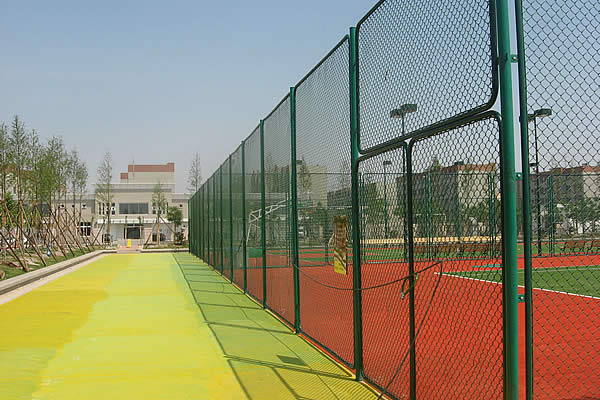 TEL:
+86-13102802206
TEL:
+86-13102802206
 Email:
fencenetting@china.com
Email:
fencenetting@china.com
 Language
Language
 TEL:
+86-13102802206
TEL:
+86-13102802206
 Email:
fencenetting@china.com
Email:
fencenetting@china.com
 Language
Language


The Significance of Steel Wire in Various Industries
Steel wire plays an essential role in a wide array of industries due to its strength, durability, and versatility. Composed of iron, carbon, and various alloying elements, steel wire is created through a process called wire drawing, which involves pulling the metal through smaller and smaller dies to reduce its diameter while increasing its length. This manipulation of steel creates a material that can be used for various applications, from construction to crafting specialized tools.
One of the primary applications of steel wire is in the construction industry. It is a critical component in reinforced concrete, where it provides tensile strength to withstand the loads and forces acting upon structures. Steel wire mesh and rebar are commonly used to enhance the structural integrity of beams, slabs, and foundations. The use of steel wire in construction not only extends the lifespan of buildings but also ensures they can withstand natural disasters such as earthquakes and heavy winds.
The Significance of Steel Wire in Various Industries
Steel wire also finds extensive use in the automotive industry. It is utilized in various applications, including the production of springs, wire harnesses, and various fasteners. The unique properties of steel wire enable manufacturers to create components that are both lightweight and strong, which is crucial for modern vehicle design where fuel efficiency is a priority. Additionally, steel wire is integral in producing seat belts, ensuring passenger safety through its high tensile strength and reliability.

In the agricultural sector, steel wire is vital for fencing and the manufacture of various farming tools and accessories. High-tensile steel wire is commonly used to create agricultural fencing that keeps livestock secure and protected from predators. Moreover, steel wire is essential in constructing trellises for climbing plants and vines, ensuring that crops thrive in an organized and supported environment. The durability of steel wire fencing also means less maintenance and replacement costs for farmers, contributing positively to agricultural efficiency.
Beyond these practical applications, steel wire also has aesthetic uses in various craft and artistic projects. Artists and hobbyists have embraced steel wire for creating sculptures, home decor items, and jewelry. The malleability of wire allows for unique designs, transforming simple materials into stunning works of art. Whether in the form of intricate designs or functional objects, steel wire provides a combination of strength and beauty that resonates with creators.
Despite the numerous advantages of steel wire, it is essential to consider environmental impacts as well. The steel manufacturing process is energy-intensive and generates significant carbon emissions, prompting industries to explore sustainable practices. The push for recycling and the use of eco-friendly technologies in steel production aims to mitigate these effects, aligning with global efforts toward sustainability.
In conclusion, steel wire is a fundamental material across various sectors due to its strength, versatility, and durability. From construction and automotive industries to agriculture and art, its applications are vast and diverse. As industries continue to evolve and embrace sustainable practices, the importance of steel wire is likely to remain significant in shaping the future of manufacturing and design. As we move forward, finding a balance between utility and environmental responsibility will be crucial for the continued success of steel wire applications.